Archive for the ‘bp Nichol’ Category
Entry 1672 — Merry Christmas!
Thursday, December 25th, 2014
This card by bpNichol came to me via Ellie and Sarah Nichol this year:
It’s a reproduction of his first Christmas Card, 1979. (That was just 9 years before his death at 44.) I exchanged one or two brief letters with bp toward the end of his life, so can’t say I was very close to him. But I’m pretty close to his oeuvre. I mention how slightly I knew him because of my reaction to this card: I take it to be full of his spirit–bp, the gift-giving Santa, waving as he disappears behind hills of snow, leaving behind a wonderful H/castle, the letter H being his favorite letter and, as a textual element, representative of literature– and a castle being what a bp/Santa in this magical realm would have to have been leaving. Ergo, the main gift he’s given us is his poetry. The fact that he died too soon after this card adds a melancholy tone to what it conveys–that I feel deepens, and is deepened by, the card’s final joyous victory over life’s unavoidable, constant pains and sorrow.
I generally feel that a poem is what it is on the page. Its creator, and his biography are irrelevant. Sometimes that is not the case. Not that I may not have gone overboard the wrong way in reading it. In any case, I hope you enjoy it–and all that the day it celebrates is for you.
.
Entry 1093 — Thoughts Regarding Minimalism
Saturday, May 4th, 2013
I suppose the minimalist artwork below is not bad, but seeing it in the latest issue of ARTnews depressed me, reminding me that minimalist painters, even mediocre ones like Hanne Darboven seemed from this one example to be, were continuing to make big bucks forty or more years after the birth of minimalism while someone like me is making the most money of his life after fifty years or so of adulthood because of food stamps. . . .
Note from 1 February 2014 when I was reviewing the past year. Apparently the computer problem mentioned in my next entry screwed up this entry. The reproduction of the Darboven visimage got deleted and all my further comments. No doubt they had to do with the following specimens of much better specimens of minimalism I found by bp Nichol (the top one) and Irving Weiss the other two:
I’m sure I had fascinating things to say about them.
.
Entry 1091 — Waves
Thursday, May 2nd, 2013
I had all kinds of trouble getting the following images into this post, and I’m exhausted, so won’t say much about them until tomorrow. I will say that I consider the top one an example of what has been wrong with the arts world for the past 40 or more years.
.
.
.
Entry 1082 — “Water Poem 5,” by bpNichol
Tuesday, April 23rd, 2013
Recently, Ellie Nichol (yes, I’m name-dropping! I’d do that more often if I had more names to drop, or were more confident of my ability to lie [never having gotten over the wicked insults I endured after I mentioned the time I spent ghost-writing mathematical poems for Mamie Eisenhower, which really wasn’t that far from the truth considering that I did see Dwight Eisenhower at the Norwalk, Connecticut, train station during his first campaign for president,and I really do believe that Mamie’s poems were influenced by mine). Where was I? Oh, yes: Ellie Nichol recently sent me a copy of a book of variations, a just-published edition containing three of her husband bp’s early collections, love: a book of remembrances, zygal: a book of mysteries and translations, and art facts: a book of contexts. It has all kinds of great items in it, but the following may be my favorite of them:
It’s so wonderfully simple. I would love to use it as a term in one of my long division poems, but it’s too much better by itself than it could ever be as part of another poem for me to do that. It says so much ALL–all at once! Serenity. Foreverness. Sameness jittering just enough here and there to attain identity–maximal identity. A little horizontal line making it what it is for Man, The Verosopher, as opposed to man, the life-form. So it’s a voyage as well as an environment. Purpose as well as permanent indeterminacy . . . But–and this is important!–water! I’m afraid I have to say that anyone seeing this for the first time and not being charmed by is almost certainly hopelessly insensitive to visual poetry, and probably haiku, which it also is.
.
Entry 602 — Something by bp
Friday, December 23rd, 2011
Every Christmas I get something very nice in the mail from bp Nichol’s wife Eleanor. This year it was this:
Diary Entry
Thursday, 22 December 2011, 4 P.M. Another tennis morning–practice, not a league match. I dropped some items off at the Arts & Humanities Council office, then did a little marketing. After getting home I haven’t done much but escape read. Just now, though, I’ve read over what I’d previously written about Jake Berry’s essay on the Otherstream. It’s not bad but disorganized, so I printed out a copy to try to work out something that seems logically arranged from. (Hard to do that on the computer, for me.)
8 P.M. I’m getting very few Christmas cards this year, which does not make me unhappy, but one I like very much to get, the one from Eleanor Nichol and her daughter Sarah, arrived today. I just used it to take care of this entry.
.

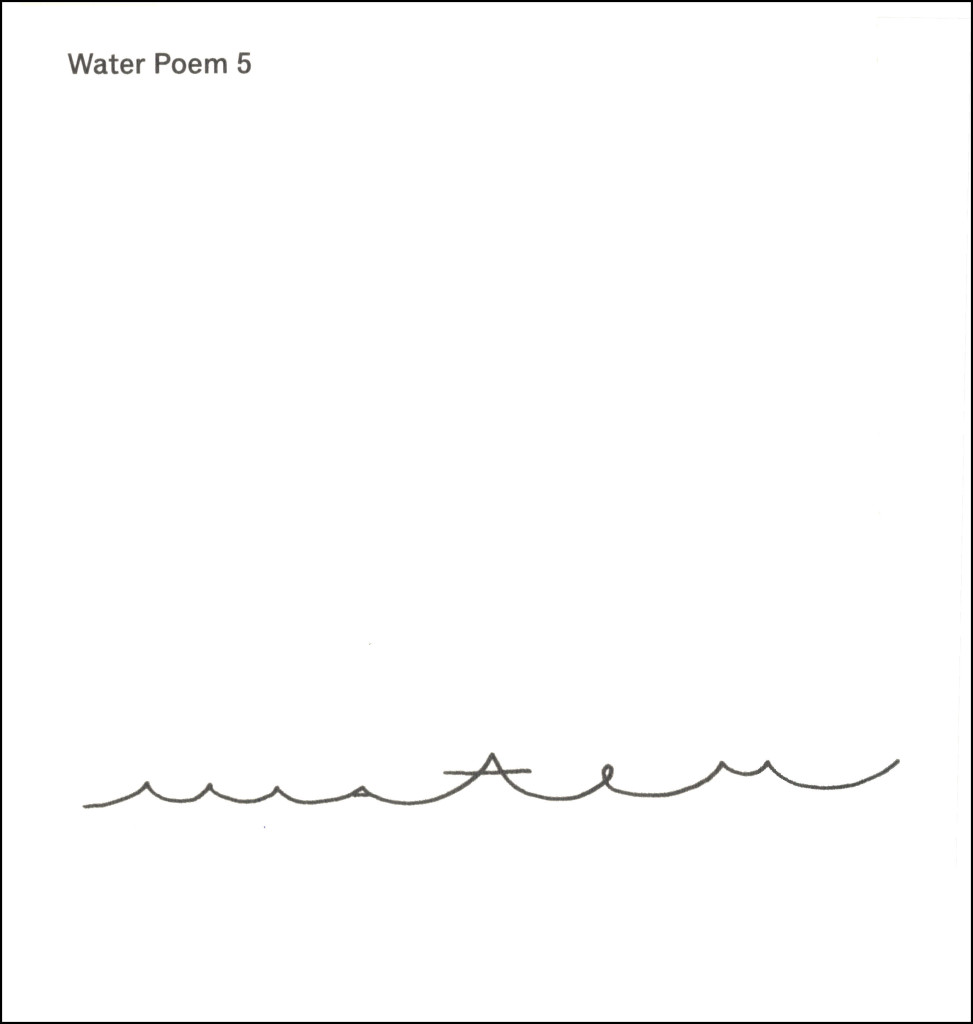

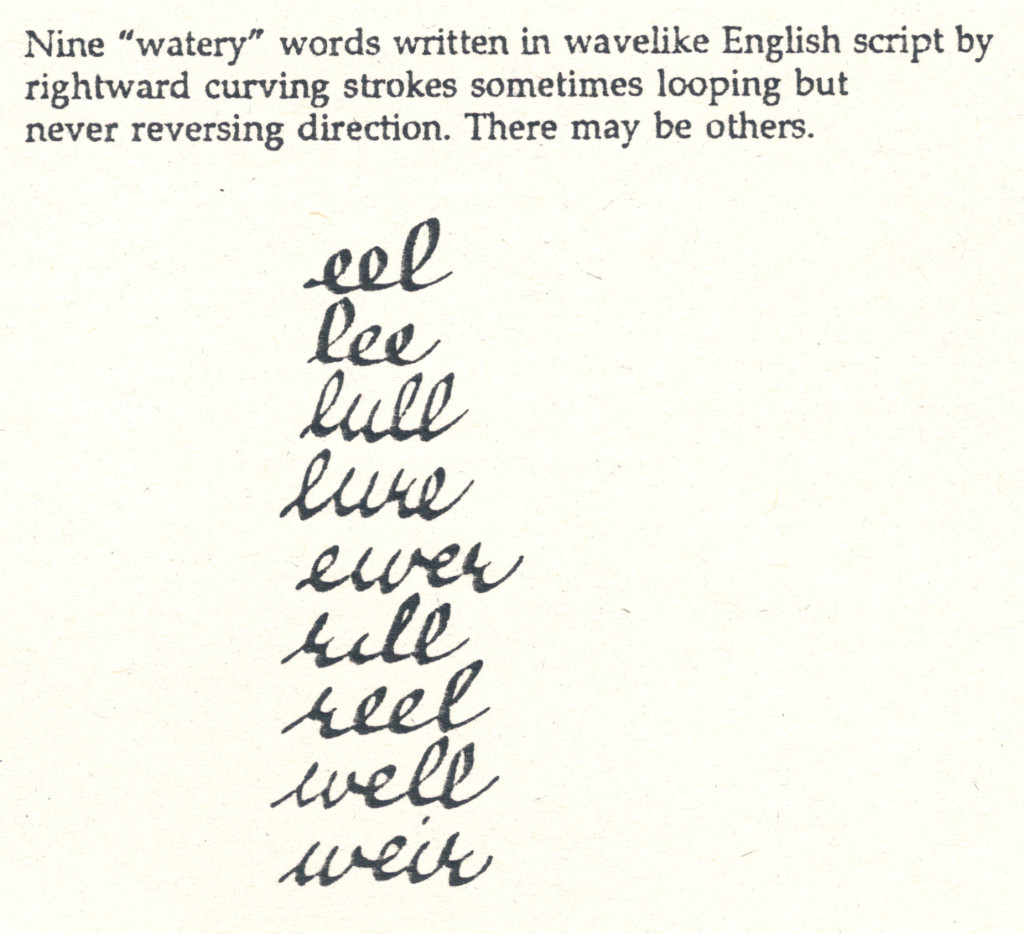
 .
.

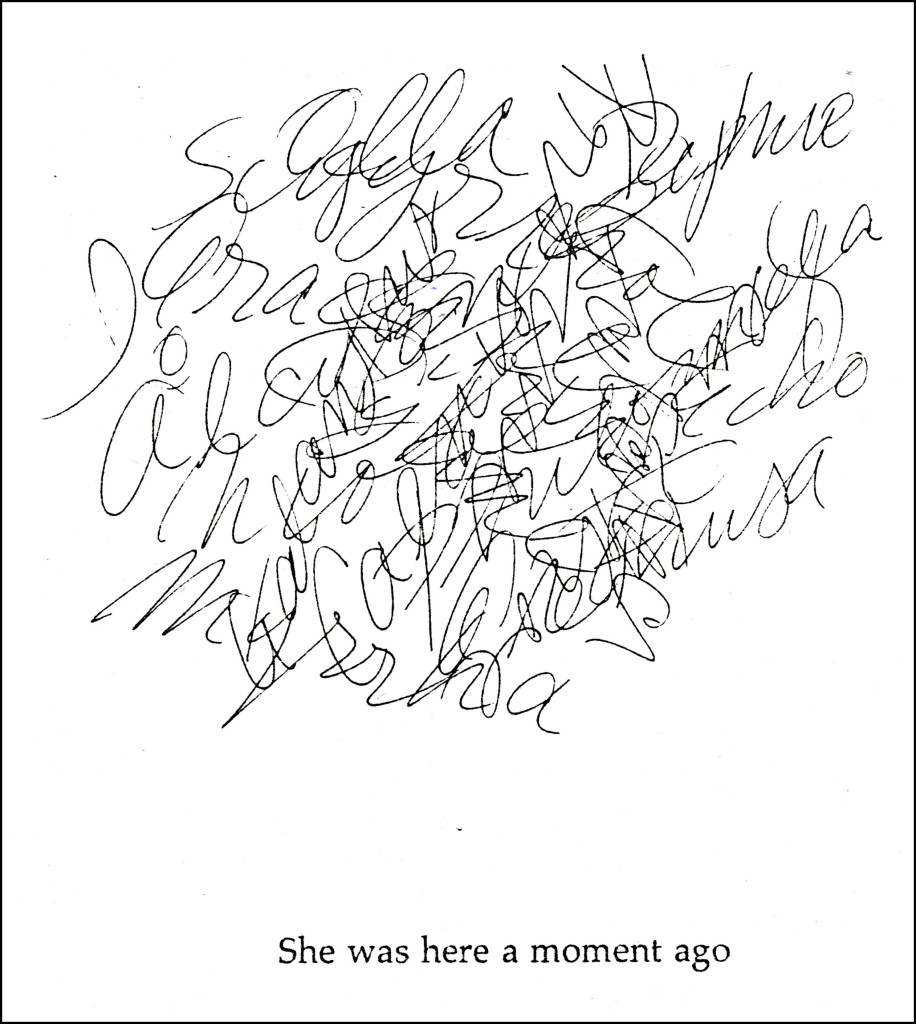
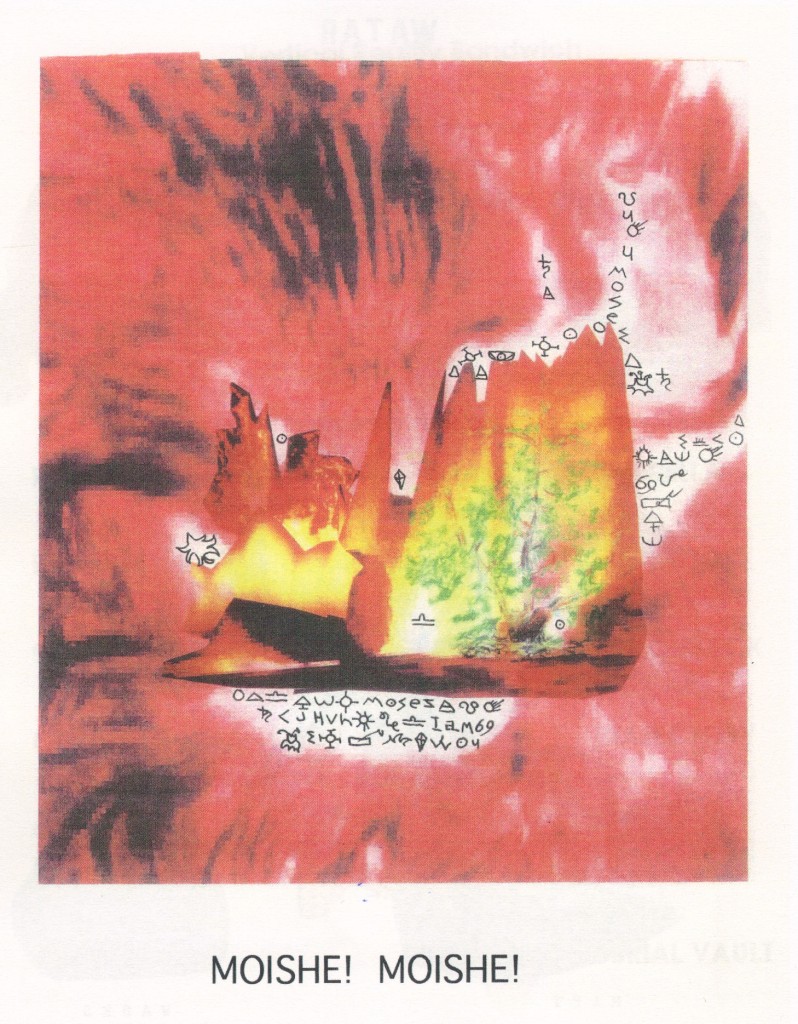
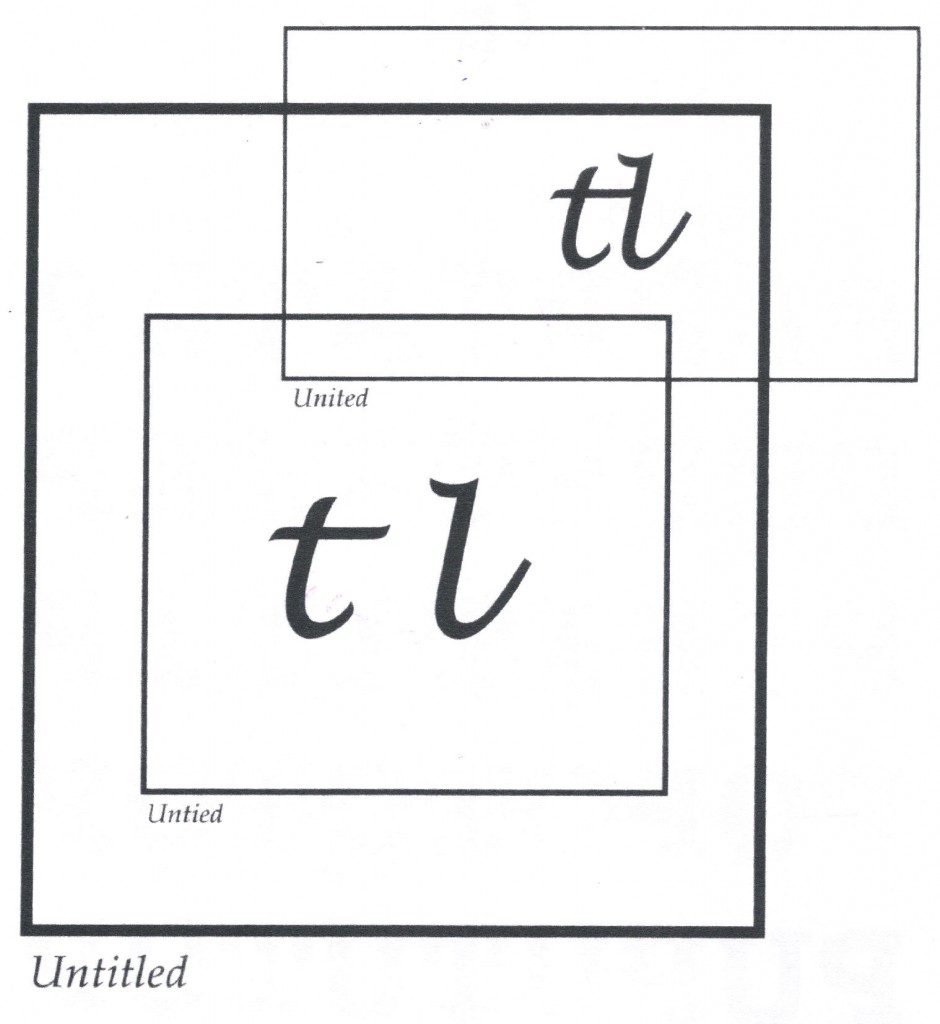
One bp card is worth the thousands that mean nothing.
How luck you are!
I am lucky, Conrad. Glad I can share it with visitors like you!
all best, bob